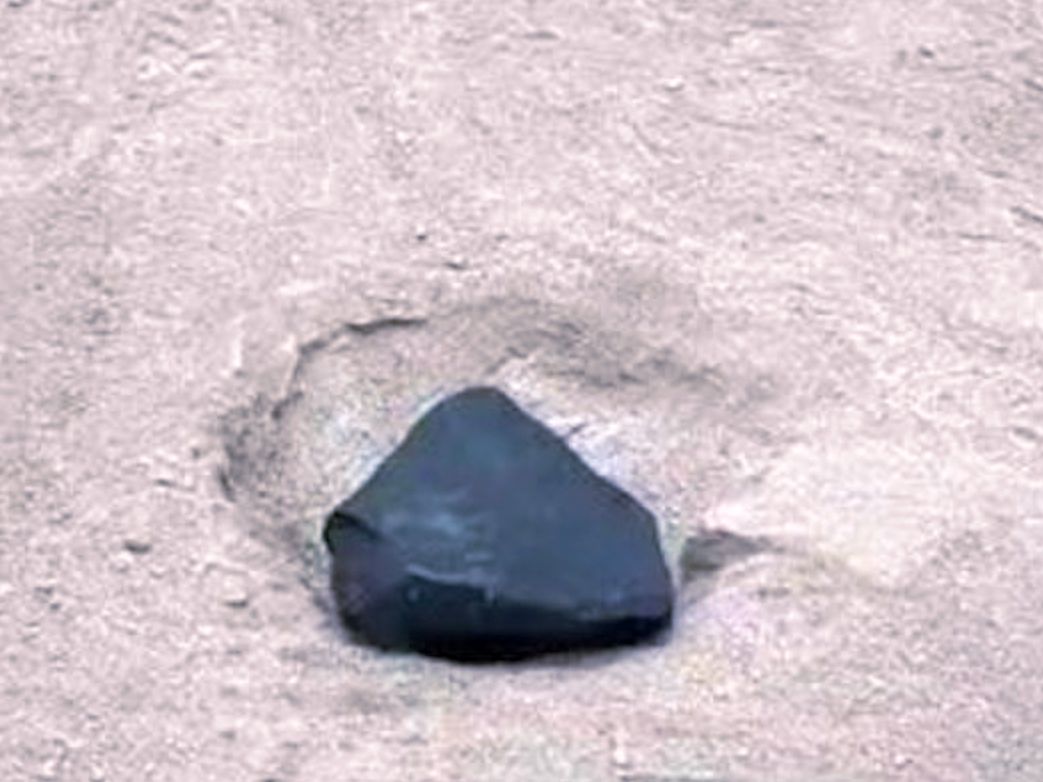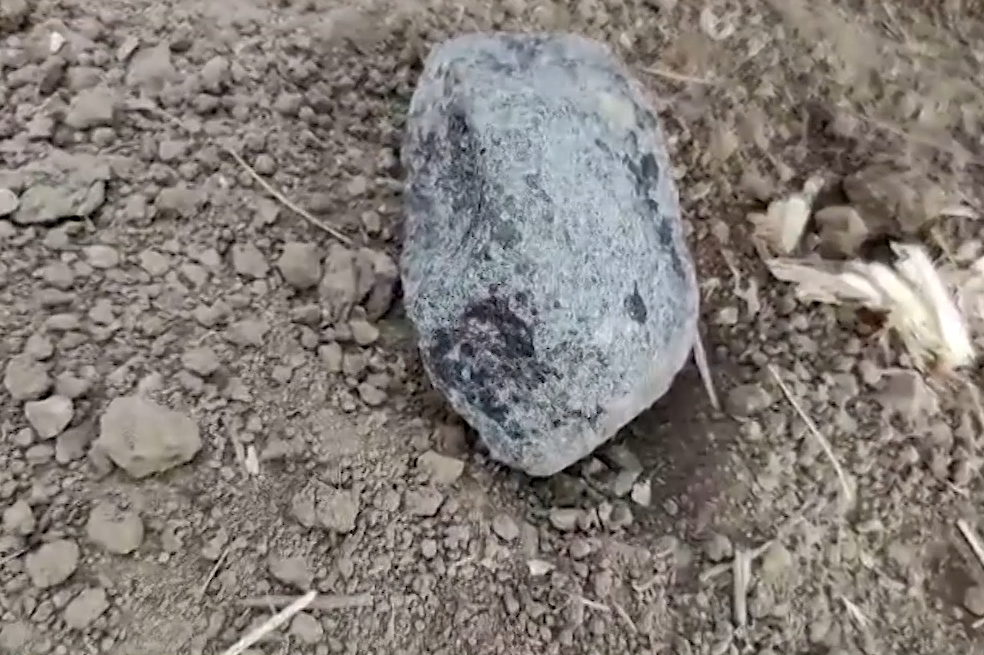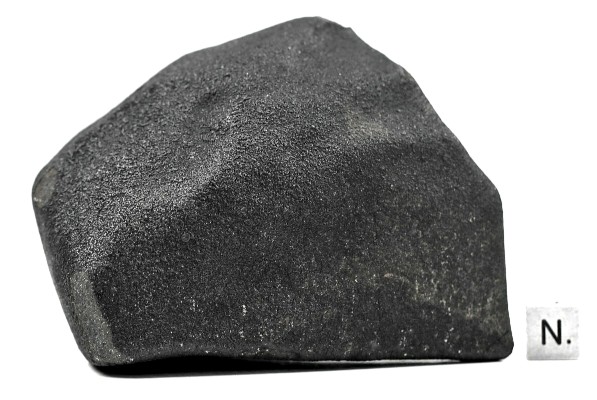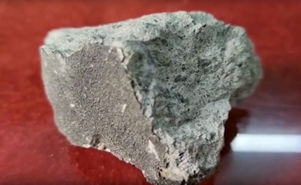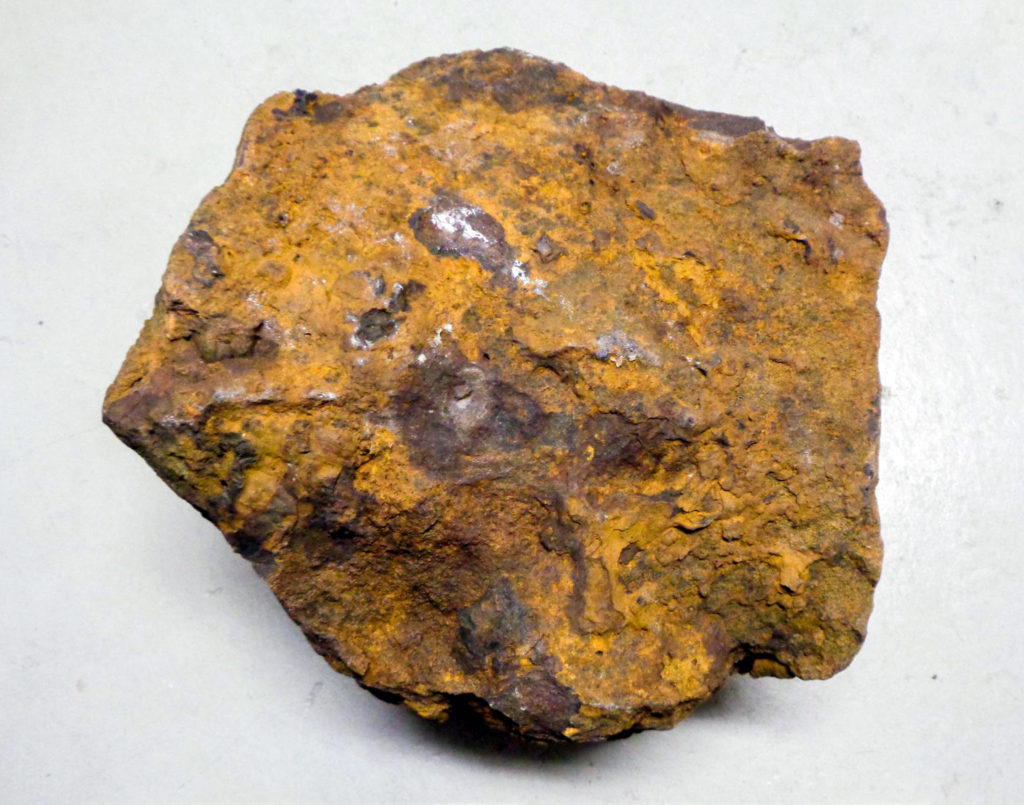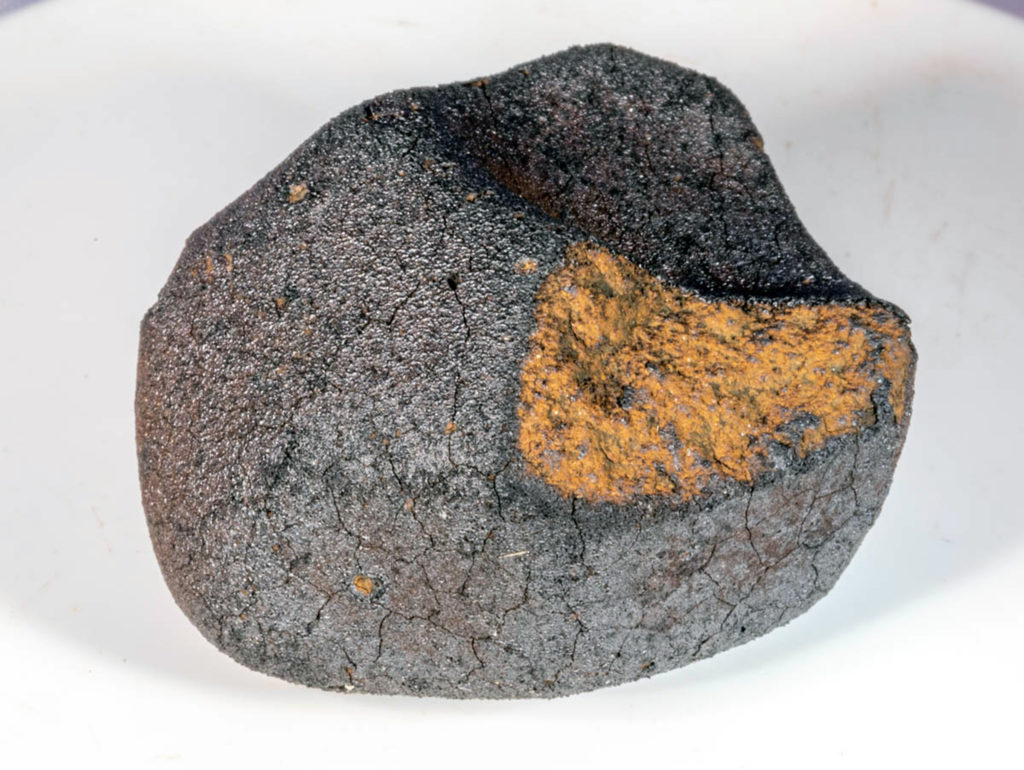Chemical, isotopic (O, He, U), and petrological characteristics of a slowly cooled enriched gabbroic shergottite, Northwest Africa 13134
Lee Saper, Yang Liu, Michael A. Kipp, David Burney, Chi Ma, Francois L. H. Tissot, Edward Young, Jonathan Treffkorn, Kenneth A. Farley
MAPS, Version of Record online: 10 April 2025
Correction to “Chemical, isotopic (O, He, U), and petrological characteristics of a slowly cooled enriched gabbroic shergottite, Northwest Africa 13134
MAPS, First published: 19 September 2025
“Northwest Africa 13134 is a coarse-grained gabbro with an oxygen isotopic composition consistent with a Martian origin and is classified as an enriched shergottite based on its bulk trace element abundances and bulk La/Yb ratio of 1.53. The meteorite is composed of a framework of large pyroxene rods up to 6 mm in longest dimension (64% by area) with interstitial maskelynite (formerly plagioclase; 28% by area). Minor phases include merrillite and apatite, Fe-Ti oxides, and Fe-sulfides; trace phases such as baddeleyite, tranquillityite, fayalitic olivine, silica, and a felspathic phase are observed in evolved mesostasis pockets and partially crystallized magmatic inclusions in minerals. Individual pyroxene rods display a distinctive patchy Ca zoning pattern of juxtaposed low-Ca (pigeonite) and high-Ca (augite) patches with a common crystallographic orientation indicating epitaxial growth. Low-Ca pigeonite is the volumetrically dominant pyroxene phase (~70% of exposed pyroxene) and was the primary liquidus phase, followed closely by augite. Plagioclase crystallized along with the other minor phases from the residual melt between cumulus pyroxene rods. Pyroxenes display ubiquitous exsolution lamellae with typical widths and spacings of 1–2 μm. Sulfide grains are characterized by flame-shaped lamellar intergrowths of hexagonal pyrrhotite (Fe0.90S) and slightly metal-deficient pyrrhotite (Fe0.98S), along with minor pentlandite and chalcopyrite. The pyroxene and sulfide microtextures suggest that the gabbro experienced slow and protracted subsolidus cooling. Ilmenite-oxide pairs imply an oxygen fugacity of ~1 log unit below the fayalite–magnetite–quartz buffer at a closure T ≈ 875°C. Collectively, the texture and bulk composition suggest that Northwest Africa 13134 represents a slowly cooled and coarsely crystalline portion of a solidified magma body similar to the source of the enriched basaltic shergottites. Magnetite occurs locally as veins crosscutting pyrrhotite grains and in oxide–phosphate symplectites observed at merrillite–apatite phase boundaries. The presence of magnetite in the sample suggests that at various stages of cooling, the gabbro interacted with relatively oxidized fluids, which could be of deuteric or exogeneous origin. A cosmic-ray exposure age of 2.8–4.0 Ma was calculated based on 3He measured in pyroxene grain separates and overlaps with other shergottites. Finally, we present the first bulk uranium isotope measurement of a Martian meteorite: δ238U = −0.22 ± 0.10‰ and δ234Usec = +9.57 ± 0.35‰. These values indicate slight excesses in heavy U but overlap with the distribution of U isotope compositions of the Earth and other solar system materials.”

